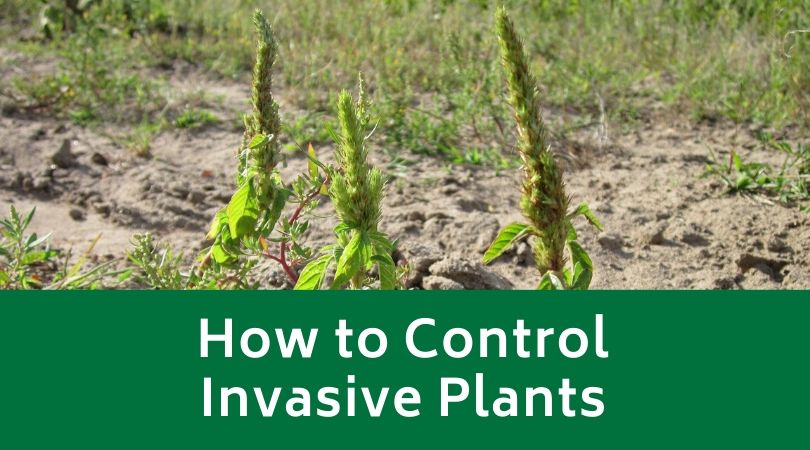
Invasive plants can wreak havoc on the natural ecosystem, and it can be very difficult to control or remove them once they take hold. But, we’re going to outline what an invasive plant is, and we’ll talk about the steps you can take to control and remove them from your area below.
Defining Invasive Plants
An invasive plant is a blanket term used to define a species of plant that spreads, grows aggressively, or displaces the native plants. It becomes a weed pest that is very difficult to get rid of. These types of plants tend to show up on the disturbed ground. Even more concerning, the most aggressive invasive species of plants can invade the existing ecosystem and kill off the native plants.
How to Control Invasive Plants
There are a few ways you can control an invasive plant species. The best avenue is through early detection and prevention. The goal is to stop them from going to a new area and continuing to spread. There are a few things you can do to control invasive plants, including:
- Encourage the local plant community’s health
- Minimize soil disturbances
- Ensure your equipment and vehicles contain no invasive seed or plants
- Use certified weed-free mixes
- Limit how much you move infested gravel or soil
- Treat any new infestation very quickly
- Contain any close infestations and restrict movement to them
You can also mechanically mow or cut down invasive plant species to limit how much seed they produce and spread. Manual control involves hand pulling or digging up the plants to prevent the spread. Once you have the invasive plants under control, it’s time to start removing them, so they don’t accidentally get worse.
How to Remove Invasive Plants
It may be slightly difficult to remove these invasive plants, and this is especially true if they’ve already taken off. You can break down the removal methods into three broad categories. We touched on two above, but we’ll go slightly more in-depth.
Mechanical
Mechanical removal involves cutting down the plants using a mower or other lawn tool before the plants spread. The faster you cut these plants, the fewer chances they have of spreading seeds. Mechanical removal is popular for large swaths of growth because you can use commercial-grade mowers to cut through them.
Manual
If you have small patches of invasive plants, manual removal may be the easiest course of action. To do this, you’ll manually pull or dig up the plants with the roots. You can also cut the plants with hand shears to prevent them from seeding. However, you have to stay on top of the plants, or they’ll keep coming back.
Chemical
Chemical control is using herbicides to kill the plants. Chemicals can also stunt the plant regrowth, and this allows you to kill off large patches of invasive plants within a season or two. It’s popular in commercial operations where the invasive plants are killing the natural ones.
When to Call in a Professional
If you don’t have the time or equipment to take on an invasive plant species and keep working at it to kill it, you’ll want a professional. A professional will have all of the tools and knowledge to know the best way to take on the plant species, inhibit growth, and remove it.
If you have a problem with invasive plants, contact us. Our staff is ready to come out, look at your problem, and suggest a containment and removal method so you can take your yard back.
